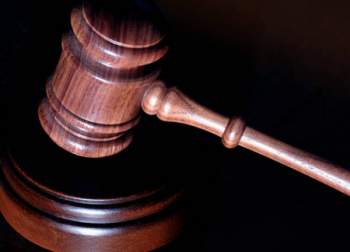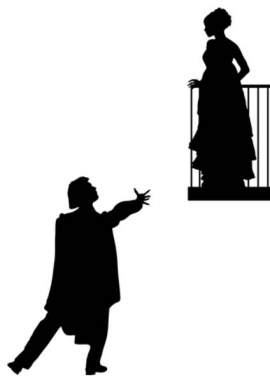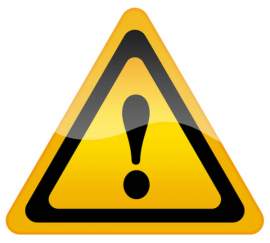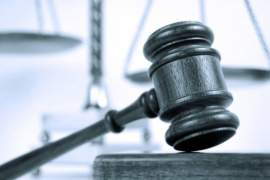
3 Facts About Prostitution Laws

What are Prostitution Laws?
Prostitution Laws exist as statutory and regulatory measures applicable to the act of prostitution, which is defined as the criminal act involving the exchange of sexual acts - which can include intercourse, penetration, and copulation – for financial or commercial gain or opportunity.
Prostitution Laws Fact #1
Prostitution retains a wide range of dangers ranging from health concerns to exploitation, which may include a variety of actions and activities differing in process, victims, and methodologies undertaken. As a result, prostitution laws enacted on both national and international levels have served to classify the following terminology and criminal activity within the realm of prostitution laws:
Human trafficking is the unlawful and illegal transport of human beings with the intent of forcing them to engage in Prostitution; this can occur on both domestic and international levels
Brothels are criminal operations in which secretive Prostitution occurs within the realm of clandestine commercialized sexual activity; in many cases, prostitution laws allow for the investigation of such activities and institutions to be conducted on both clandestine and observable levels
Child Prostitution is a criminal act that involves the forced prostitution of minors, who are below the age of consent with regard to the legal engagement in sexual activity; individuals convicted of child prostitution will typically face child abuse, assault, and rape charges
Prostitution Laws Fact #2
Within the legal spectrum surrounding Prostitution Laws, the act of prostitution is classified as an act of Solicitation enacted in order to garner the participation in illegal and illicit sexual activity; this classification is expressed within the tenets of prostitution laws as the illegal and unlawful exchange of goods, services, or monies upon engaging within sexual activity.
Prostitution laws defined prostitution to be a form of solicitation; as a result, an individual can be charged with prostitution regardless of the existence of any actual sexual activity; merely soliciting illegal and unlawful sexual activity is considered to be a crime with regard to prostitution laws
In contrast to popular belief, a law enforcement agent is not required to identify themselves with regard to the solicitation by a prostitute; prostitution laws state that law enforcement agents posing as prostitutes in order to investigate or convict individuals of engaging in prostitution are required to identify themselves in lieu of an entrapment charge
Prostitution Laws Fact #3
Currently, prostitution is considered to be amongst the most dangerous and hazardous occupations undertaken by individuals within modernity; the innate and latent danger existing within such an activity has not only served to provide for devastating statistics illustrating the large mortality rate of prostitutes, but this fact has also resulted in the enforcement of heightened Prostitution Laws in an attempt to prevent prostitution:
Recent studies show that the mortality rate for individuals engaging in prostitution is approximately 5%; this means that upwards of 200 – out of 100,000 prostitutes are killed as a result of their profession
Prostitution Laws also serve to protect against violence and exploitation suffered by prostitutes; these attacks have been recorded on an average of every 30 days with regard to every prostitute



















